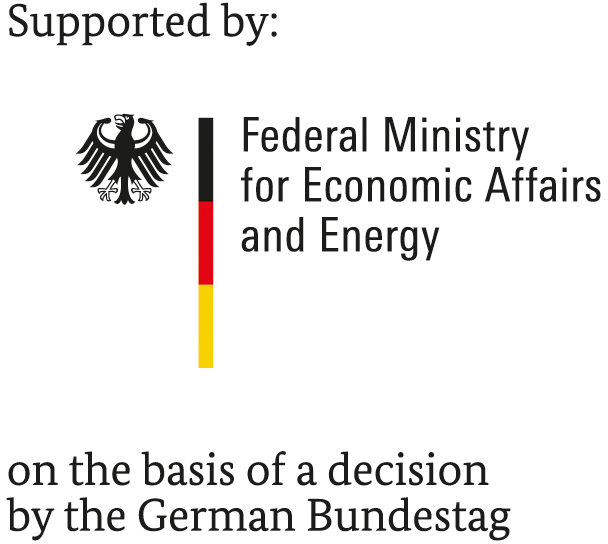A comprehensive curated resource for follicle stimulating hormone signaling
Description
Formats
Links
A comprehensive map of the influenza A virus replication cycle
Description
Influenza is a common infectious disease caused by influenza viruses. Annual epidemics cause severe illnesses, deaths, and economic loss around the world. To better defend against influenza viral infection, it is essential to understand its mechanisms and associated host responses. Many studies have been conducted to elucidate these mechanisms, however, the overall picture remains incompletely understood. A systematic understanding of influenza viral infection in host cells is needed to facilitate the identification of influential host response mechanisms and potential drug targets.
DESCRIPTION: We constructed a comprehensive map of the influenza A virus ('IAV') life cycle ('FluMap') by undertaking a literature-based, manual curation approach. Based on information obtained from publicly available pathway databases, updated with literature-based information and input from expert virologists and immunologists, FluMap is currently composed of 960 factors (i.e., proteins, mRNAs etc.) and 456 reactions, and is annotated with ~500 papers and curation comments. In addition to detailing the type of molecular interactions, isolate/strain specific data are also available. The FluMap was built with the pathway editor CellDesigner in standard SBML (Systems Biology Markup Language) format and visualized as an SBGN (Systems Biology Graphical Notation) diagram. It is also available as a web service (online map) based on the iPathways+ system to enable community discussion by influenza researchers. We also demonstrate computational network analyses to identify targets using the FluMap.
[...]
Formats
- SBGN Process Description language Level 1 Version 1.3
- SBGN Entity Relationship language Level 1 Version 1.2
Links
A comprehensive map of the mTOR signaling network.
Description
The mammalian target of rapamycin (mTOR) is a central regulator of cell growth and proliferation. mTOR signaling is frequently dysregulated in oncogenic cells, and thus an attractive target for anticancer therapy. Using CellDesigner, a modeling support software for graphical notation, we present herein a comprehensive map of the mTOR signaling network, which includes 964 species connected by 777 reactions. The map complies with both the systems biology markup language (SBML) and graphical notation (SBGN) for computational analysis and graphical representation, respectively. As captured in the mTOR map, we review and discuss our current understanding of the mTOR signaling network and highlight the impact of mTOR feedback and crosstalk regulations on drug-based cancer therapy. This map is available on the Payao platform, a Web 2.0 based community-wide interactive process for creating more accurate and information-rich databases. Thus, this comprehensive map of the mTOR network will serve as a tool to facilitate systems-level study of up-to-date mTOR network components and signaling events toward the discovery of novel regulatory processes and therapeutic strategies for cancer.
Formats
- SBGN Entity Relationship language Level 1 Version 1.2
- SBGN Activity Flow language Level 1 Version 1.0




Follicle stimulating hormone (FSH) is an important hormone responsible for growth, maturation and function of the human reproductive system. FSH regulates the synthesis of steroid hormones such as estrogen and progesterone, proliferation and maturation of follicles in the ovary and spermatogenesis in the testes. FSH is a glycoprotein heterodimer that binds and acts through the FSH receptor, a G-protein coupled receptor. Although online pathway repositories provide information about G-protein coupled receptor mediated signal transduction, the signaling events initiated specifically by FSH are not cataloged in any public database in a detailed fashion.
FINDINGS: We performed comprehensive curation of the published literature to identify the components of FSH signaling pathway and the molecular interactions that occur upon FSH receptor activation. Our effort yielded 64 reactions comprising 35 enzyme-substrate reactions, 11 molecular association events, 11 activation events and 7 protein translocation events that occur in response to FSH receptor activation. We also cataloged 265 genes, which were differentially expressed upon FSH stimulation in normal human reproductive tissues.
CONCLUSIONS: We anticipate that the information provided in this resource will provide better insights into the physiological role of FSH in reproductive biology, its signaling mediators and aid in further research in this area. The curated FSH pathway data is freely available through NetPath (http://www.netpath.org), a pathway resource developed previously by our group